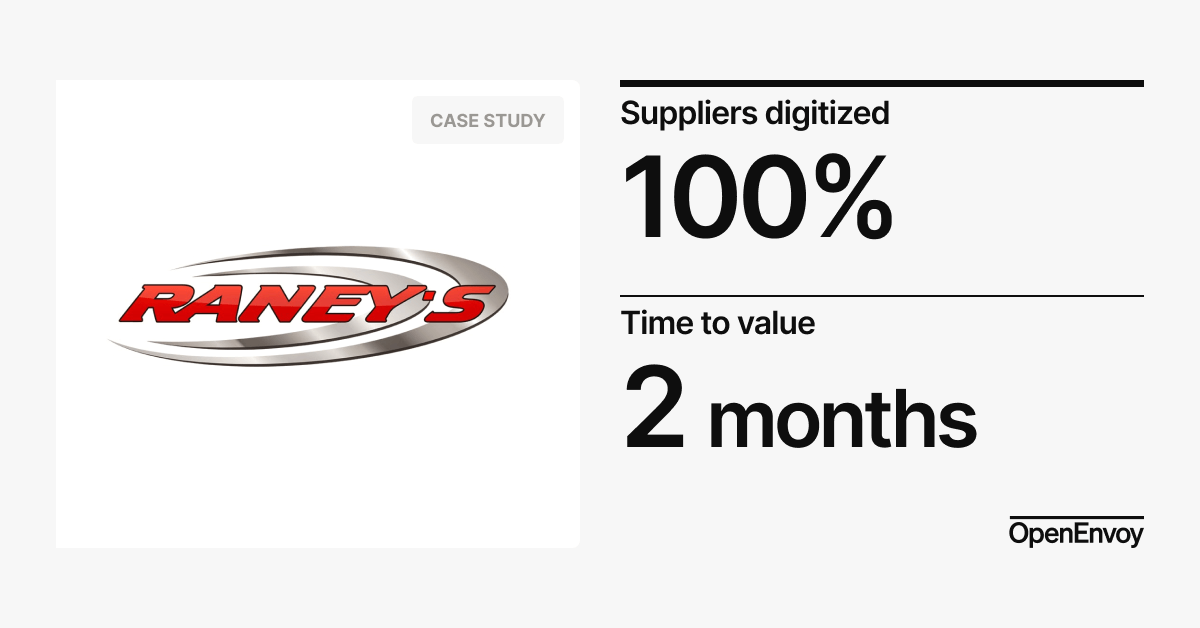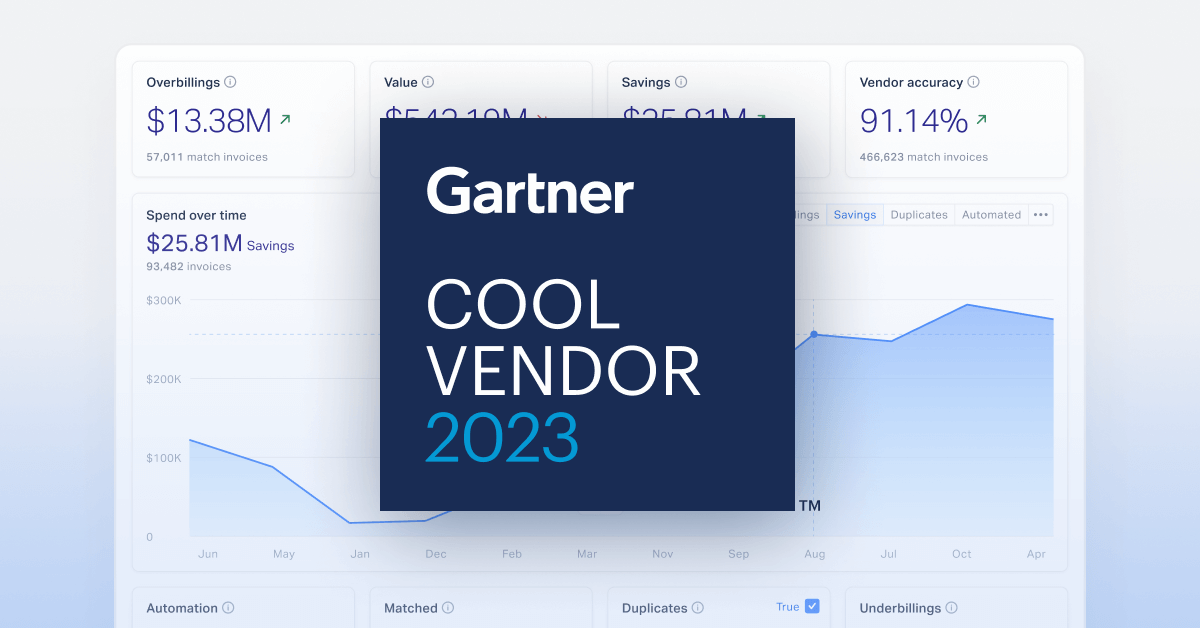

Claim denials are rising. Revenue is delayed. And the cost of inefficiency has never been higher for healthcare providers.
In 2025, hospitals, clinics, ambulatory care centers, and dental support organizations across the U.S. are operating in one of the tightest financial environments in recent memory. Patient volumes have returned post-pandemic, but margins have not. Payers are stricter. Labor is expensive. And denial rates are accelerating with a significant impact on revenue cycle performance and financial sustainability.
Medical claim denials are growing, and so are the costs
According to Kodiak Solutions, 11.8% of claims were denied on first submission in 2024, a figure that continues to rise. Each denial costs providers $25–$50 to rework, based on data from UASI Solutions. These costs don’t include the operational delays or the cash flow impact of AR tied up in appeals.
Nearly 46% of denials are due to non-clinical errors like incomplete documentation, missing prior authorizations, or inaccurate coding not medical necessity. That makes this a back-office failure, not a care issue.
Common Causes of Denials in 2025:
- Incomplete or incorrect patient data
- Missing delivery confirmation or vendor contracts
- Improper diagnosis or procedure codes
- Outdated payer rules or eligibility misalignment
- Delayed document uploads during claim submission
For health systems trying to improve their clean claims rate and reduce days in AR, the solution lies in upstream process optimization, not more manual labor.
Denials Are a Systemic Risk, Not Just a Billing Issue
A denied claim doesn’t just impact your revenue team. It’s a signal of systemic breakdown that affects:
- Finance, which loses visibility into accurate cash forecasting
- IT, pulled into resolving data mismatches across AP, ERP, and claims platforms
- Compliance, struggling to meet audit standards
- Executives, whose reporting and projections are skewed
A missing vendor invoice or unlinked contract may seem minor — but when repeated across hundreds of transactions, it snowballs into millions in lost revenue and delayed cash.
Why Outsourcing Claims or AP Doesn’t Fix the Problem
To handle growing invoice volume, many healthcare providers have outsourced parts of AP or claims processing to BPOs. But outsourcing often hides the problem not solves it.
When documentation is split between email chains, shared drives, vendor portals, and offshore systems, your team spends hours hunting for what should’ve been automated and attached. By the time someone flags the issue, the resubmission window has passed and the revenue is lost.
Worse, most outsourced processors are paid per task not per outcome. That means no accountability for accuracy or revenue leakage.
If you wouldn’t let non-licensed staff manage clinical data, why trust untrained offshore workers with financial data that determines revenue integrity?
What This Looks Like Day-to-Day in Healthcare Finance
Imagine a surgical supply invoice is paid by AP, but the delivery confirmation is never uploaded. The claim is submitted to the payer. It gets rejected for missing documentation. The billing team never sees the contract. The finance team never sees the cash. IT starts chasing logs.
And that’s just one invoice.
Now imagine this happening across hundreds of claims monthly at a mid-sized hospital or multi-site health group. The cost in manual labor, lost collections, and denial appeals becomes unsustainable.
$20 Billion: That’s What Denials Are Costing U.S. Providers Annually
According to Becker’s Hospital Review, U.S. hospitals now spend over $20 billion per year appealing denied claims, much of which could be avoided with better documentation and upstream automation.
For finance leaders, this isn’t just an operational headache. It’s a forecasting liability, a compliance risk, and a board-level concern.
Denials delay reimbursements, distort financials, and increase audit exposure. You can’t fix that with more spreadsheets or extra headcount.
What Healthcare Finance Needs in 2025: Infrastructure, Not Fire Drills
You shouldn’t need five teams to fix one claim denial. You shouldn’t lose days hunting for a PO. And you definitely shouldn’t bleed millions from process errors that could be automatically caught.
What’s needed now:
- Intelligent document matching and invoice verification
- Real-time visibility across AP, AR, and RCM systems
- Automation of manual workflows and reconciliation
- Preventive infrastructure, not reactive effort
How OpenEnvoy Helps Healthcare Providers Stop Denials at the Source
OpenEnvoy eliminates the manual, error-prone tasks that drive denials in the first place. Our platform verifies every invoice, validates documentation, and ensures supporting files are matched before a claim is submitted, all in real-time.
With OpenEnvoy, you can:
- Eliminate overpayments and duplicate invoices
- Prevent denials due to missing documentation
- Automate reconciliation across AP, vendor systems, and claims
- Centralize access to contracts, receipts, and approvals
- Boost clean claims rate and reduce denial appeal volumes
- Resolve audit flags quickly with documentation trails
- Improve net collection rates and reimbursement accuracy
- Scale without increasing headcount or offshore reliance
No BPO. No fire drills. Just clean, compliant, denial-free claims.
By leveraging OpenEnvoy's technology solutions, healthcare organizations can significantly reduce claim denial rates, streamline their revenue cycle management, and focus on delivering quality patient care rather than wrestling with back-office challenges. This leads to improved financial performance, better compliance with regulatory requirements, and ultimately, a stronger bottom line.
Denials Are a Symptom. The Root Cause Is Broken Financial Ops.
Claim denials aren't just a billing issue; they're a systems issue. And in today’s healthcare economy, you can't afford to lose revenue to preventable process failures.
In 2025, leading healthcare finance teams are investing in autonomous AP + RCM automation, not just new hires. They’re using platforms like OpenEnvoy to close the loop across finance, operations, and compliance and prevent issues before they hit the payer.
If you’re ready to cut denial rates, improve cash flow, and gain full control over your revenue cycle, let’s talk.
Serious about protecting your cashflow?












